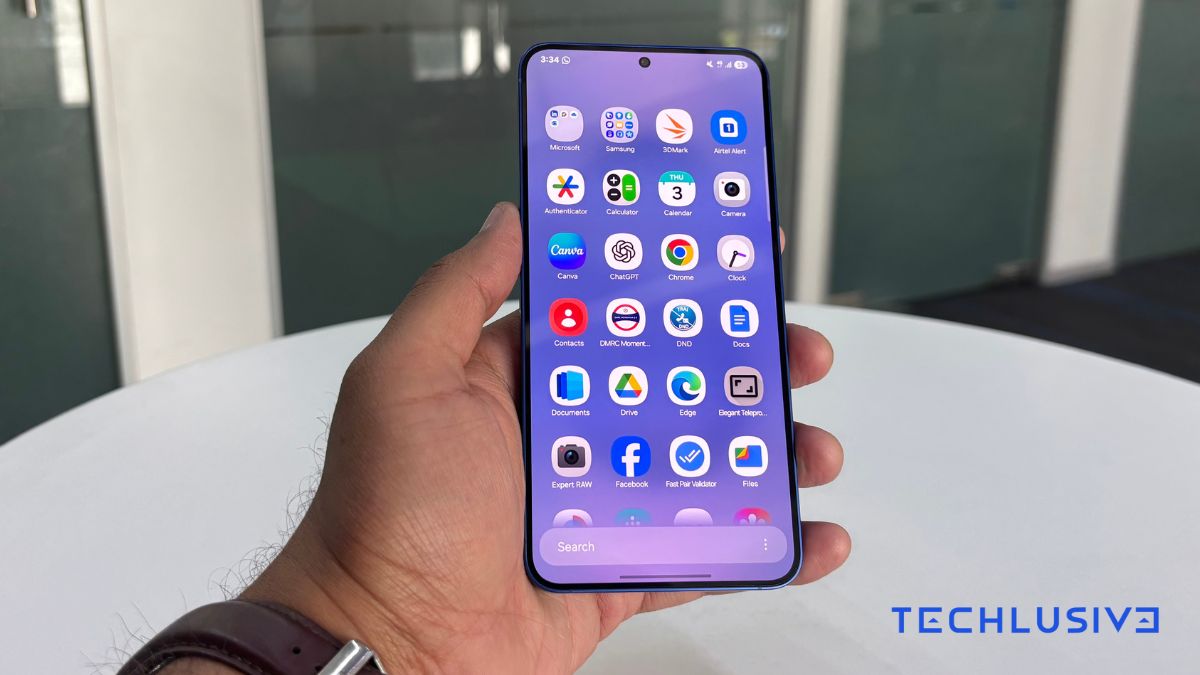Solar balconies have proven to be effective in terms of self -consumption in countries such as Germany, the Netherlands and even Spain. But what would happen if we took them to the middle of the sea? Not in the form of floating panels, but integrated into a cruise.
A cruise with solar panels. An investigation has developed a simulation to check the installation of photovoltaic in the cruise cabin. The objective of the project is to feed public services and, at the same time, reduce the environmental impact.
The initiative raised by the German Aerospace Center (DLR) and Siemens Energy Global have taken cruise data that navigated the Caribbean already along the Norwegian and Danish coasts. These routes were not randomly selected: the differences in solar radiation between tropical and northern European regions offered an ideal range to evaluate the performance of photovoltaic systems in very different climatic conditions.
The design. The study has raised a system that integrates solar panels of 250 W and 22 % efficiency in the boots of the cabins. In addition, each cabin would be equipped with two panels: one integrated into the glass barrier of the balcony at an angle of 90 ° and another placed at an angle of 30 °, between the ship’s covers.
The scientists themselves have explained that if a cruise of the Helios class with 1,655 shots with balcony is extrapolated, in terms of scalability the maximum photovoltaic capacity would be at 827.5 kW, which is a significant step towards a cleaner energy in high high sea.
The networks. Currently, cruises are adopting continuous current (CC) networks to facilitate the integration of renewable energy sources. In each case, the researchers evaluated three integration approaches for solar panels. First, a network of 48 volts, which directly feeds the cabins, but its high cost and maintenance makes it less practical. On the other hand, the 350 volt network, which acts as a secondary distribution network, balancing security, efficiency and operational simplicity. Finally, the 700 volt network, which connects with the machine room to be a primary network, but has greater energy losses.
After evaluating these options, researchers have concluded that the 350 V network combines security measures, lower cost and simplicity in maintenance for the integration of panels into the balconies. In addition, the system is complemented by iron and lithium phosphate batteries (Lifepo4), specifically designed to store energy in case of emergency, cushion demand peaks and guarantee a stable supply.
The results. Scientists have performed simulations with Python taking into account more than 100 energy demand scenarios in the cabins during two cruise routes: a 15 -day tour of the Caribbean in March and an eight -day route along the coasts of Denmark and Norway during the months of August and September. With that recreation they have discovered that photovoltaic systems managed to cover 45% of the needs in the Caribbean and 47% in northern Europe. As for energy savings, it was an average of 3.2 MWh in the Caribbean and 3.8 MWh in Norway and Denmark. Finally, the environmental impact would reduce CO2 emissions between 1,500 and 1,800 kg per day, depending on the route.
Other boats with solar panels. The study not only highlights the potential of solar balconies to improve the energy efficiency of cruises, but also ask questions about their scalability and future applications. However, it is not the first time that we see solar panels in ships, we have already seen advances in future candle with photovoltaic and even many millionaires who bet on more sustainable ideas. Despite being a sector that presents challenges for the autonomy of its batteries or the lack of load infrastructure, but this German idea on cruises promises to open new possibilities of high seas efficiency.
Imagen | DLR Institute of Networked Energy Systems CC BY 4.0
WorldOfSoftware | The solar panels have conquered the balconies of Germany. With this invention they can also store the energy surplus












